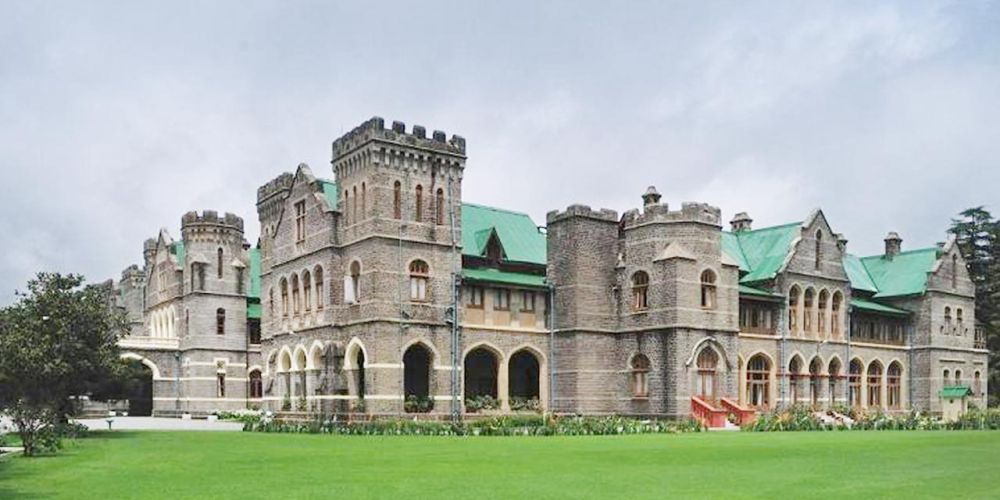

Nestled amid the verdant hills of Uttarakhand, India, the Nainital Governor's Pavilion stands as a testament to colonial architecture and the rich heritage of the region. The Pavilion, also known as the 'Raj Bhawan,' was constructed during the British Raj and served as the summer residence of the British Governors of the then United Provinces.
The construction of the Governor's Pavilion was completed in 1899, designed in the Victorian Gothic architectural style by the renowned architect FW Stevens, the same architect who designed the iconic Victoria Terminus (now Chhatrapati Shivaji Maharaj Terminus) in Mumbai. The Raj Bhawan estate spans an impressive 220 acres, which includes expansive gardens, a golf course, and lush forests.
Tourism in Nainital began to flourish as word of its picturesque landscapes, cool climate, and pristine lake spread among British officials seeking a respite from the Indian summer heat. To accommodate the influx of visitors, numerous hotels, guest houses, and other tourist facilities were established. The Governor's Pavilion emerged as one of the focal points of tourist activity, primarily because of its grandeur and historical significance.
Post-independence, the Raj Bhawan continued to serve as the governor's residence but was eventually opened to public visits. Tourists marvel at the building's stunning stone façade, the sprawling gardens, and they also enjoy guided tours that reveal the grandiose interiors, which include a ballroom and a billiards room.
In recent years, the focus on sustainable and eco-friendly tourism has influenced the practices around the Governor's Pavilion. Efforts are being made to preserve the integrity of the architecture and natural surroundings, for which it is renowned worldwide. Moreover, there has been a rise in experiential and heritage tourism, which the Raj Bhawan fits into perfectly, allowing a surge of history enthusiasts to come to experience a slice of the colonial past.
Seasonal festivals and events at the Pavilion lawns host cultural performances, promoting local art and crafts that reflect the cultural mosaic of Uttarakhand. Such events draw both domestic and international tourists, thus bolstering the Pavilion's status as a must-visit historic destination.
The Nainital Governor's Pavilion has been an integral part of the region's tourism tapestry, offering rich insights into the area's colonial history and British architectural marvels. As tourism trends evolve, the Raj Bhawan continues to adapt, ensuring that visitors have an engaging, educational, and enjoyable experience, while emphasizing the preservation and appreciation of this majestic heritage site.